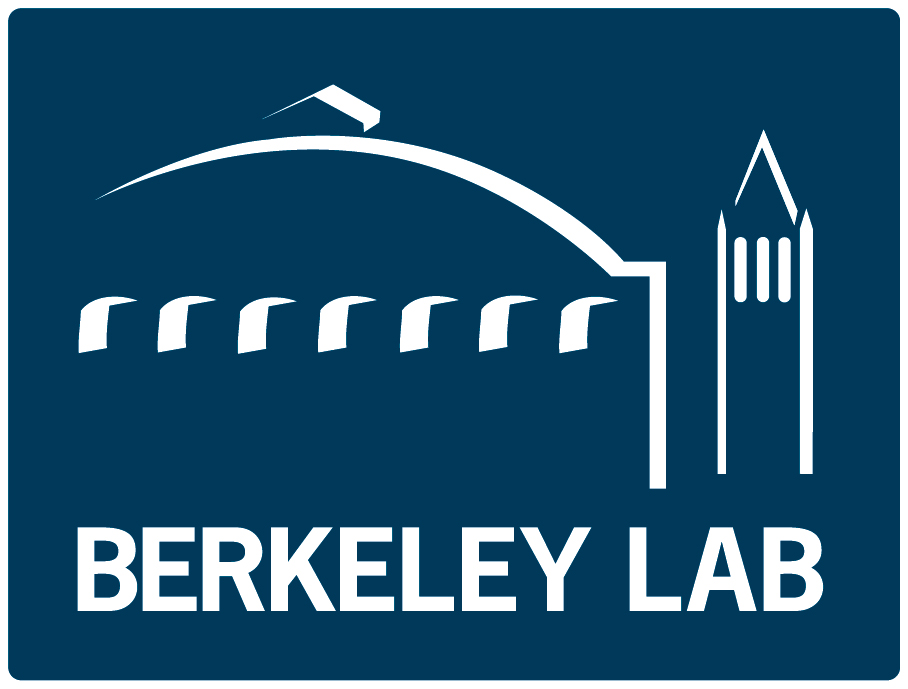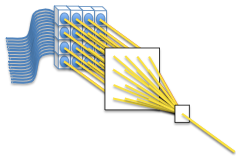APPLICATIONS:
This invention, which has the potential to solve the scalability of active coherent stabilization when combining many amplified lasers into one high power beam, has many applications in scientific research, industry, and the military:
- Scientific research: could lead to next generation ultrafast lasers that also have high average power and high wall-plug energy efficiency using fiber laser amplifiers, which would be ideal for the future laser plasma accelerator driver. This would also benefit high repetition rate pump-probe experiment in light sources, high harmonic X-ray generation, etc.
- Industry: precision fabrication that requires high power lasers could use this method for a more cost-effective system.
- Military: this invention could improve the stability and control of high-power laser weapons.
BACKGROUND:
Two dimensional coherent diffractive combining of many amplified lasers into one high power beam could enable high efficiency generation of a power laser beam that is orders of magnitude higher than an individual channel can deliver. However, current active coherent stabilization control methods are not easily scalable.
The widely-used LOCSET or SPDG methods introduce noise by dithering, and slow down as the number of combined beams increases. Other approaches using a common optical phase reference require a second interferometer, increasing complexity and causing a significant decrease in efficiency.
TECHNOLOGY OVERVIEW:
Researchers at Berkeley Lab recently invented a simple, high efficiency method to coherently combine ultrafast pulse beams in a two-dimensional square array using only two diffractive elements so that this technique can be extended to the femtosecond regime. The invention could potentially combine hundreds of beams to make Joule-level pulses, generating power laser beams that are orders of magnitude higher than an individual channel can deliver. However, current active coherent stabilization control methods for the beams are not easily scalable.
This new algorithm uses deterministic control using only the uncombined beam intensity pattern, which is easily measured with a camera and requires no dithering. This method achieves active stabilization of a diffractive beam combiner for a square array of eight beams with 0.3% rms stability and 84.6% efficiency. This method can be applied to continuous wave lasers as well as femtosecond ones.
Rather than using a common reference beam to measure the phase errors (a method which increases system complexity, requiring additional optical paths with interferometric stability), this invention uses beam intensity information derived from a camera, and/or from photodiodes, to quickly find an error signal for each beam. This information resides in the side beams rejected by the combiner.
BENEFITS:
- High efficiency generation of power laser beam that is orders of magnitude higher than an individual channel can deliver
- Higher bandwidth of feedback
- Lower complexity
- Lower cost
- Potential to solve the scalability of active coherent stabilization
- Potential to lead to the next generation of ultrafast lasers and high repetition rate pump-probe experiment in light sources, high harmonic X-ray generation, etc.
PRINCIPAL INVESTIGATOR: Qiang Du
DEVELOPMENT STAGE: Demonstrated technology/prototype
IP STATUS: Patent pending
OPPORTUNITY: Available for licensing or collaborative research
RELATED INVENTION: Ultrafast Optical Pulse Combining Lasers 2016-052

